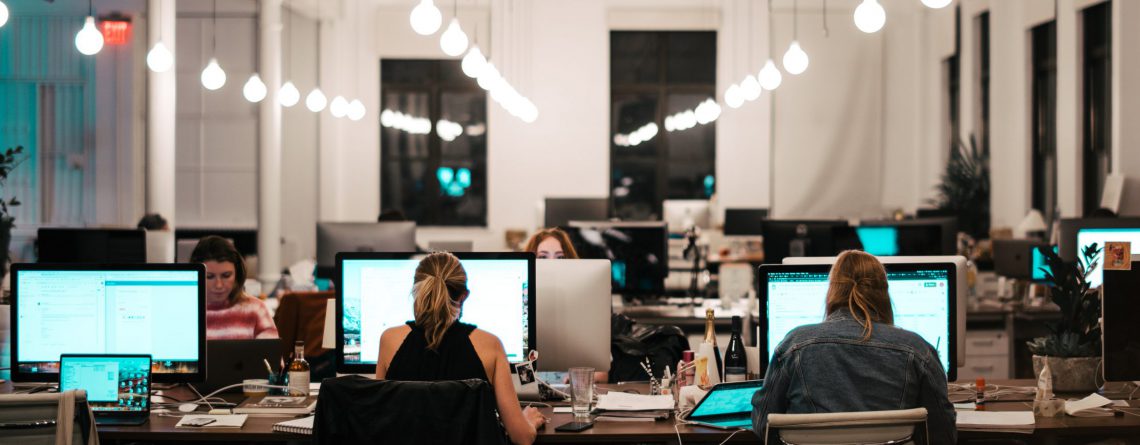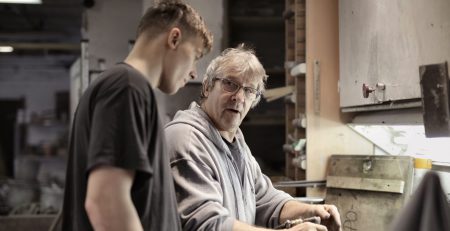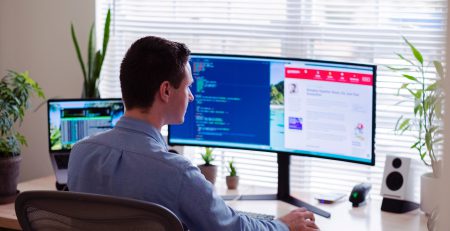Why Ergonomics Is So Important For Your Office Staff
Ergonomics is commonly referred to in the workplace, but rarely implemented at a meaningful level; often due to time or cost barriers. But investment in ergonomics can benefit your office staff in the long run (making for a more positive environment – plus saving you time and money, so it’s important to take it seriously.
What is ergonomics?
Before we look at the reasons why ergonomics is valuable in the workplace, it’s important to understand exactly what ergonomics is.
The International Ergonomics Association Executive Council ergonomics as “the scientific discipline concerned with the understanding of the interactions among human and other elements of a system, and the profession that applies theory, principles, data and methods to design in order to optimize human well-being and overall system performance.”
A simple way to think about ergonomics is that it’s a field of knowledge. Much like the similar-sounding study of economics, ergonomics is a study of people – only, rather than focusing on the allocation of resources in society, it focuses on people in their working environment. An ergonomist does what you might expect: designs or modifies work circumstances to the worker, in an effort to minimise their discomfort and risk of injury while they’re undertaking their job.
How does ergonomics play a role in the workplace?
Ergonomics can increase efficiency and productivity. A workplace that minimizes discomfort and is fitted to a worker’s needs will directly impact that worker’s ability to perform their tasks well, and the influence that comfort plays shouldn’t be understated. Whether it’s the angle of a computer monitor, the height of a desk, the shape of a keyboard or something else; small adjustments made according to ergonomic principles can have a significant impact on an individual.
Safety in the office
Workers have the right to a safe working environment, and it goes without saying that a safe workplace could save you time and money in the long run. Ergonomic disorders are the fastest growing category of work-related illness, and ergonomic-related injuries can be rife in environments that are stereotypically ‘safe’ (where other types of workplace injuries don’t typically occur), like offices.
Worldwide, musculoskeletal disorders like carpal tunnel syndrome, myositis, tenosynovitis and tenonitis affect millions of office workers every year – all of which can all be prevented with good ergonomics. Surgery for carpal tunnel syndrome is one of the most common types of musculoskeletal injury, and only a fraction of those patients will return to their previous professions (the surgery has a very high failure rate).
Financial benefits
When it comes to workplace safety measures, short-term pain for long-term gain is what you need to keep in mind. Invest, invest, invest: the cost of workplace safety measures will result in savings of over double what you initially spend, according to a recent report by the Japan Industrial Safety and Health Association.
The report found that the money spent investing in hardware for safety reasons (for example, special equipment, machinery or other facilities) will be returned through lower numbers of occupational accidents (2.3 times less) and improved productivity (0.4 times more).
Worker happiness
Who doesn’t enjoy having laugh with their co-workers? Happier workers make for a more pleasant workplace for all. Research has shown that proactive office ergonomics leads to higher levels of job satisfaction and happiness, and that a good ergonomics program is a highly cost-effective way to promote a positive work environment.
Think about the layout, colours, lighting, textures and noise of your office – do any (or all) of them bother you? Those are one of the clearest indications of whether the ergonomics in your workplace could do with a refresh. For example, good lighting can increase accuracy and reduce eye strain; a quiet office can reduce distractions; an aesthetically-pleasing office layout can improve productivity; and positive textures and can both improve tactile feedback and bio-mechanical support, and reduce colour and light disruption. So, it might be time to ditch those brightly-coloured walls and fluorescent lights once and for all.












Leave a Reply